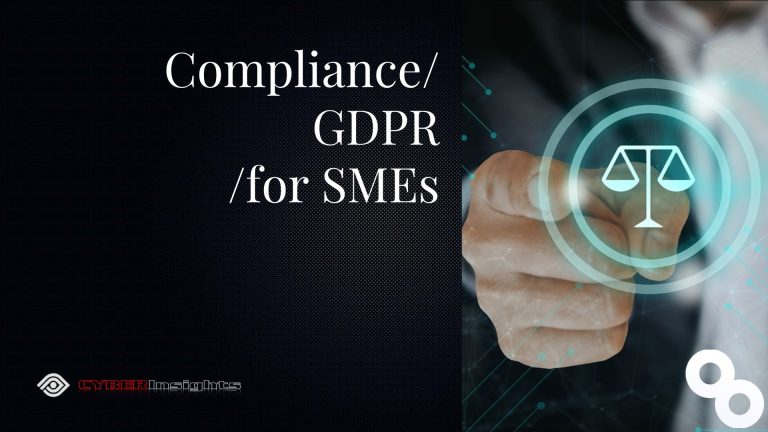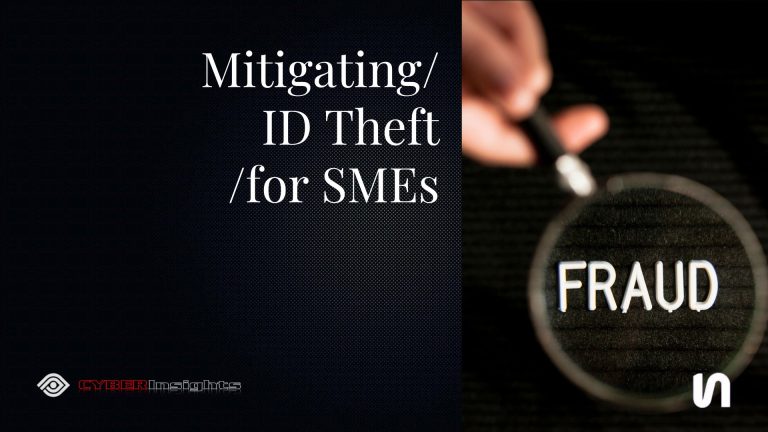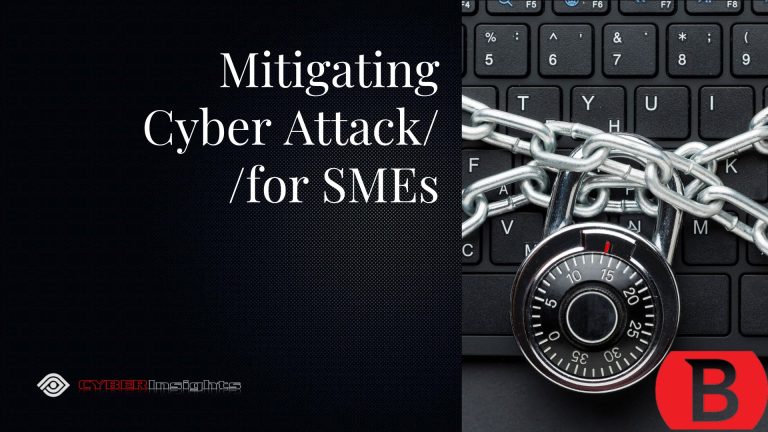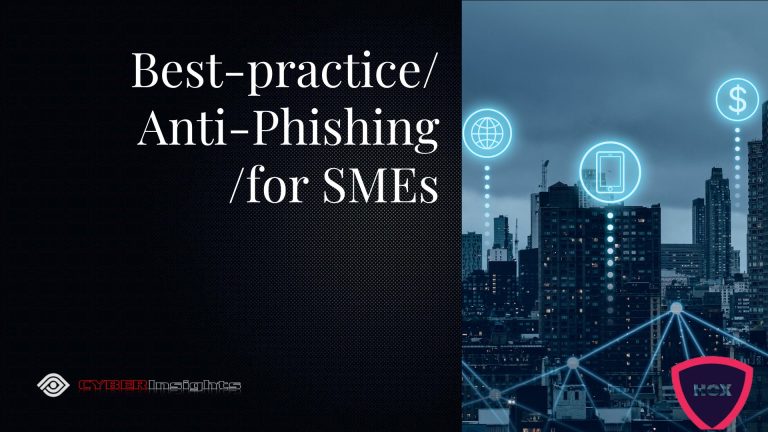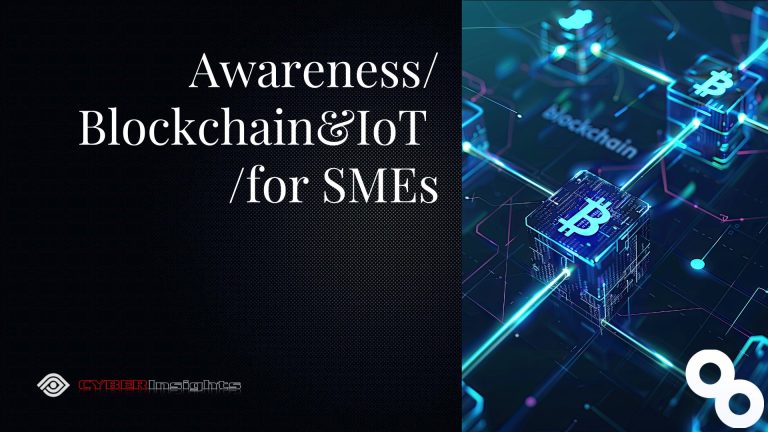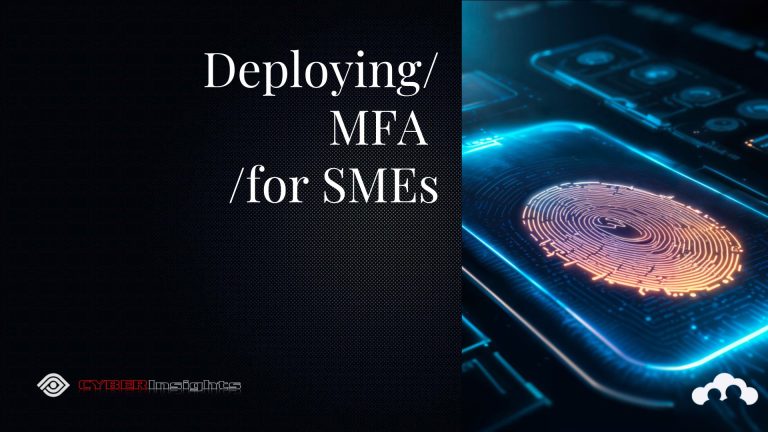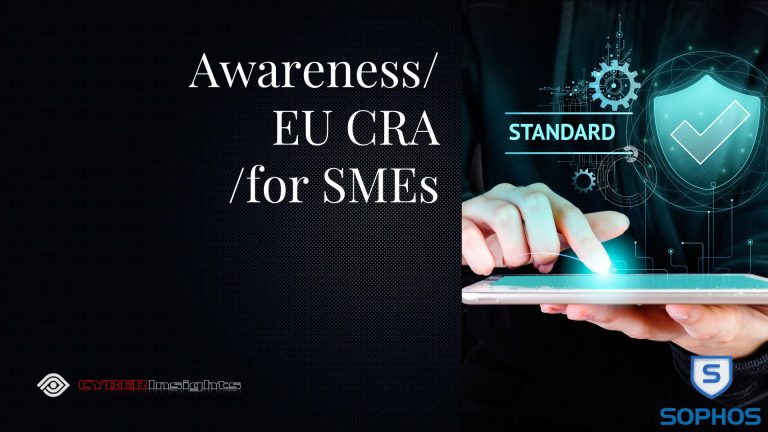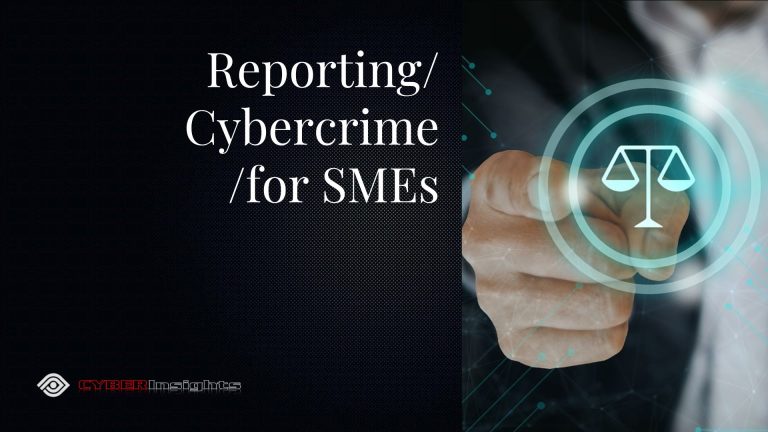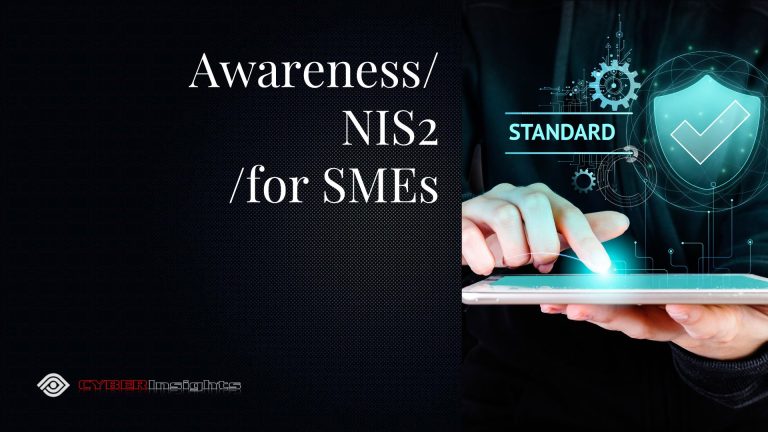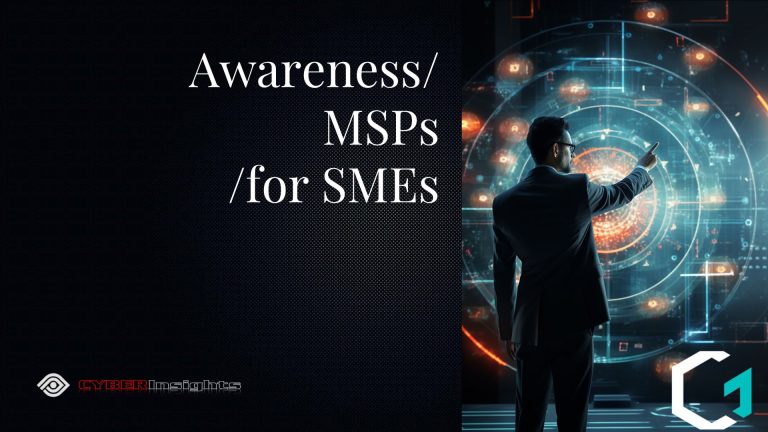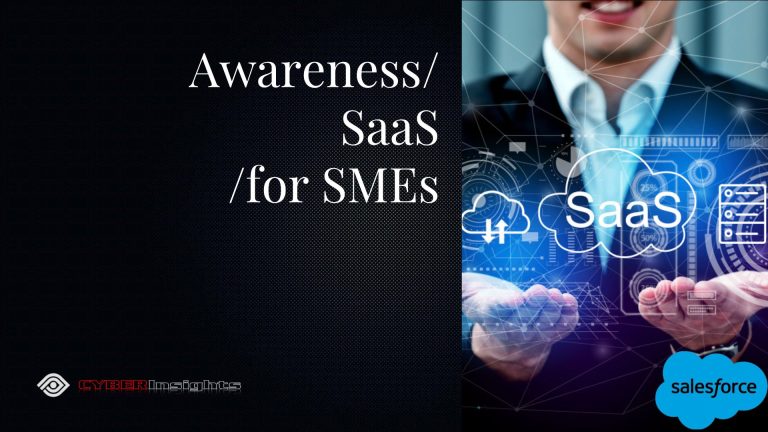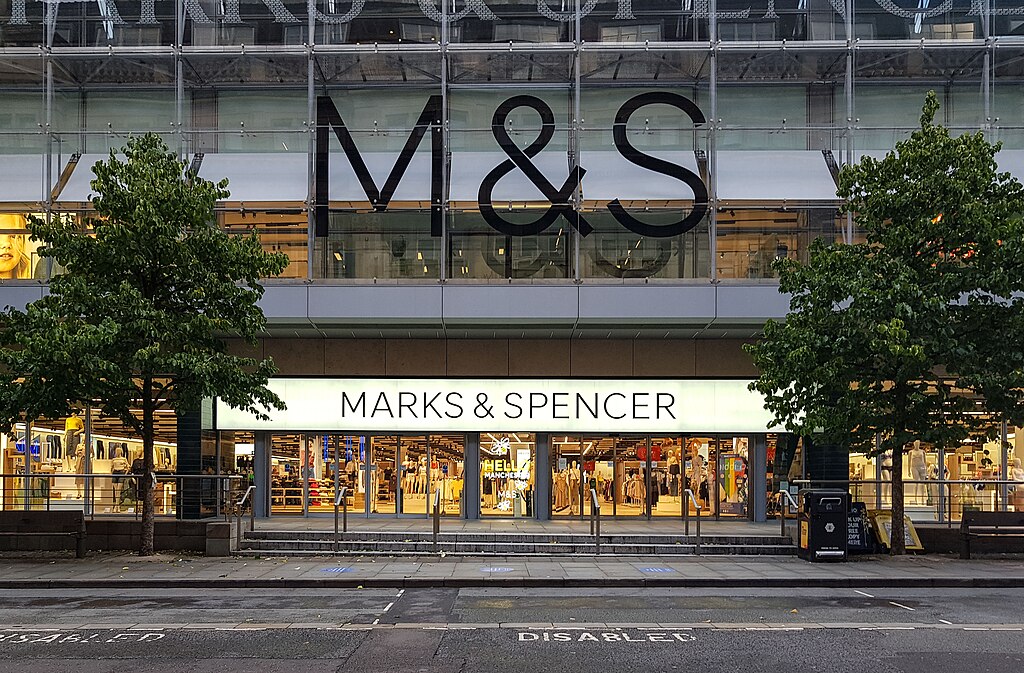Helping Keep Small Business CYBERSafe
Málaga: Saturday, 3rd May 2025 at 12:00 CEST
REPORTAGE: M&S Cyberattack: Understanding the Security Incident
By Iain Fraser/Reportage & Andy Jenkinson CIP
via SMECYBERInsights – The UK Small Business Cybersecurity Network
Google Indexed on 030525 at 13:50 CET
#SMECyberInsights #SMECyberSecurity #SMECyberAwareness #CyberSafe #SME #SmallBusiness #M&S
The recent ransomware attack affecting Marks and Spencer has raised significant concerns about cybersecurity practices within major retail organizations. As this situation continues to develop, customers and industry observers alike are questioning how such an incident could impact one of the UK’s most recognized brands.
What Happened
Marks and Spencer has been dealing with a serious ransomware attack that has now entered its second week. The incident has potentially exposed customer data and disrupted normal business operations. According to reports, the attack may have been facilitated by several security vulnerabilities that remained unaddressed.
Security Concerns
Initial assessments suggest the attack exploited several basic security weaknesses, including:
• Potentially unsecured domains and IP addresses
• Exposed DNS servers
• Possible compliance gaps related to data protection regulations
Regulatory Implications
The incident raises questions about adherence to various regulatory frameworks that govern data security, including:
• UK Data Protection Act
• General Data Protection Regulation (GDPR)
• Digital Operational Resilience Act (DORA)
• Payment Card Industry Data Security Standard (PCI DSS)
Customer Impact
Millions of M&S customers may now face risks associated with their personal data being compromised. This could potentially lead to:
• Identity theft concerns
• Increased risk of fraud
• Long-term data security implications
Moving Forward
As the situation continues to unfold, stakeholders will be closely monitoring how Marks and Spencer address these security challenges, communicates with affected customers, and implements more robust security measures to prevent similar incidents in the future.
The financial impact could be substantial, with potential costs including regulatory fines, remediation expenses, and damage to customer trust and brand reputation.
UK Small Business Owner? Join SMECyber Free Now! & Access the SME Cyber Forum – Read, Learn, Engage, Share …
The Latest SME Cybersecurity News, Threat Intelligence & Analysis, Timely Scam Alerts, Best-practice Compliance, Mitigation & Resources specifically curated for UK Based SMEs in a Single Weekly Email direct to your Inbox or Smart Device together with Unrestricted Free Access to our entire SME Cyber Knowledge & Tutorial Library.

About Andy Jenkinson
Group CEO CIP. Fellow Cyber Theory Institute. Director Fintech & Cyber Security Alliance (FITCA) working with Governments. Recognised Expert in Internet Asset & DNS Vulnerabilities.
Andy Jenkinson is a senior and seasoned innovative Executive with over 30 years’ experience as a hands-on lateral thinking CEO, coach, and leader.


